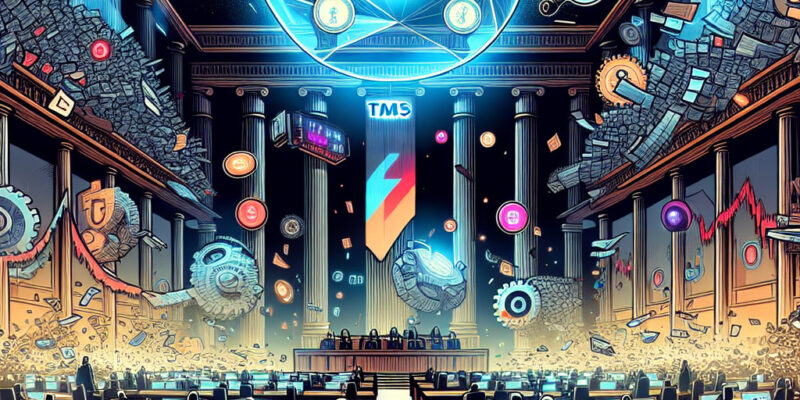Polymarket Predicts Lengthy U.S. Shutdown: Will It Set New Records?

In a world where politics and finance often intertwine, the recent predictions from Polymarket about a prolonged U.S. government shutdown have grabbed significant attention. As a platform known for its speculative trading on real-world events, Polymarket has turned its gaze to the political gridlock in Washington and is hinting at an extended impasse. But what does this forecast mean in a broader context, and could this shutdown surpass previous records?
For the uninitiated, a government shutdown happens when funding lapses for unconstitutional operations due to Congress failing to agree on a budget or temporary funding extension. Even though it sounds bureaucratic, the effects are much more tangible, impacting national parks, federal services, and checks for government employees, among other things. The intricacies of funding stem from a complex dance between different political entities, each with its own agenda and priorities. Over the years, this has led to several shutdowns, each varying in duration and consequence.
Polymarket’s projection of an extensive shutdown suggests that this might not just be another brief lapse. Historically speaking, the shutdown of 1995-1996 and the more recent one in 2018-2019 are often recalled for their lengths and the public inconvenience they caused. These events not only frustrated government workers but also sparked debates across dinner tables nationwide, with citizens feeling the ripple effects in various aspects of daily life.
What adds fuel to this speculative fire is the current political climate, which some might say is as polarized as ever. The standoff isn’t merely a disagreement over numbers; it’s a reflection of deeper ideological divides. Each side appears steadfast in its convictions, creating a scenario reminiscent of an unstoppable force meeting an immovable object. This political deadlock, coupled with Polymarket’s predictions, has stirred up discussions about the possibility of setting a new record for the longest shutdown.
For those invested in the economic implications, such a shutdown may mean volatility in markets, as uncertainty tends to make investors skittish. Businesses relying on federal contracts might face disruptions, and services that Americans take for granted could become suddenly unavailable. For the average person, while a day or two might not cause too much disruption, a weeks-long stalemate could lead to significant inconveniences.
Beyond economics and politics, there’s also a human element to consider. The countless government employees who might find themselves furloughed or working without paychecks face the daunting reality of financial strain. These are individuals with families, mortgages, and everyday expenses, facing an uncertain period with no clear end in sight.
As we watch these events unfold, one can’t help but wonder about the broader implications. How will this shape the political landscape moving forward? Will it galvanize voters to demand change, or will it lead to even deeper entrenchment of current divisions? Speculation aside, one thing is certain: the longer this continues, the more profound its impact will become, echoing through the annals of political history.
Reflecting on this situation, we find ourselves at the crossroads of prediction and reality, where data-driven forecasts like those from Polymarket offer one perspective, while the unfolding events chart their own course. It’s a reminder of the unpredictable interplay between human decision-making, the complexities of governance, and the speculative interest that ties it all together.













